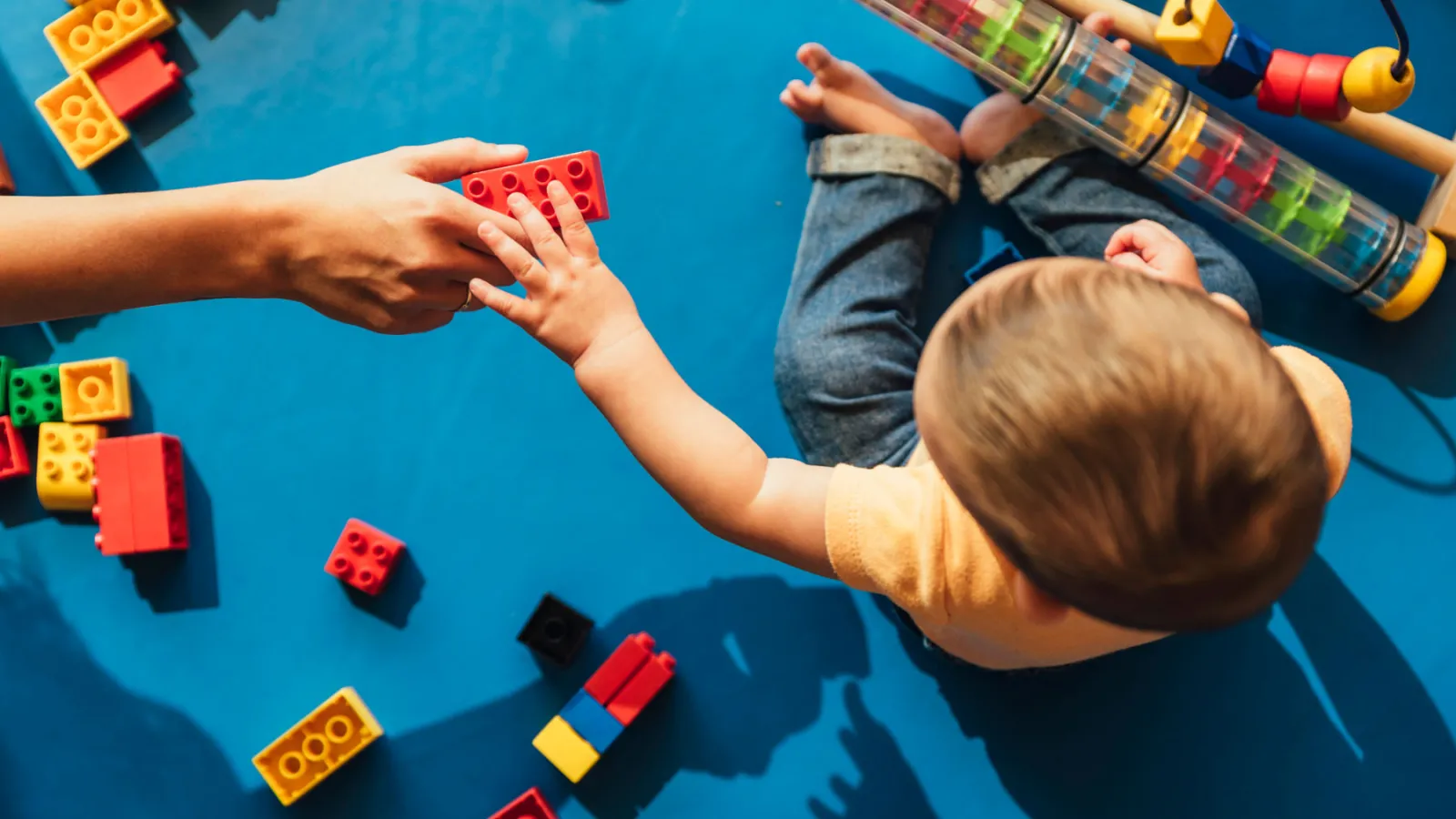Banner

Title
resources
Resource Library
Our Resource Library contains materials and assistance for early childhood educators and those they serve. Explore our selection of podcasts, tip sheets, websites, documents, and self-study courses.
Results: Page 32 of 42
| Resource Name | Description | Resource Type |
|---|---|---|
| Resources for Early Childhood Educators | Use these resources from CDC and others to help support your early care and child development efforts. | Website |
| Resources for Families and Practitioners Working with Young Children | "The Barton Lab at Vanderbilt University is focused on supporting the social development of all young children. The Barton Lab conceptualizes and implements experimental intervention research to support healthy social development of children and to promote meaningful interactions across the people and contexts in children’s lives." | Website |
| Responsiveness to Individual and Group Needs | Stresses the importance of getting to know the unique and individual needs of each infant and toddler. | Tipsheet |
| Rosie's Rules - PBS | "Rosie’s Rules is a new PBS KIDS® animated comedy series for preschoolers starring 5-year-old Rosie Fuentes, a Mexican-American girl just beginning to learn about the wow-mazing world. Rosie’s Rules aims to teach children concrete social studies lessons about how a community works, helping them develop an awareness of themselves as individuals and as part of a broader society. Like many children across the country, Rosie is part of a blended, multicultural family; Papá is from Mexico City and Mom is from rural Wisconsin. Rosie has a little brother, Iggy, and an older sister, Crystal, who is Mom’s child from her first marriage. The Fuentes family lives together in suburban Texas with their cat (and Rosie’s partner-in-crime), Gatita. Rosie is bilingual in English and Spanish and loves to celebrate her multicultural identity. Throughout the series, she joyfully introduces viewers to the art, traditions and foods of the Southwest, Midwest and Mexico." Available in English and Spanish! | |
| Sensory Intervention Strategies and Environmental Adaptations | Learn how to create a predictable and structured environment in your child care setting, which can enhance the performance for a child who has SPD. | Tipsheet |
| Sensory Processing Disorder | Learn about the eight senses, sensory system responses, and common behaviors of children with SPD in this tip sheet. | Tipsheet |
| Sensory Processing FAQ | Here is a FAQ from the Child Mind Institute that discusses Sensory Processing Disorder; what it is, how it's treated, and why it's controversial. | Website |
| Sensory Processing FAQ - Preguntas Frecuentes sobre Procesamiento Sensorial | Here is a FAQ from the Child Mind Institiute that discusses Sensory Processing Disorder; what it is, how it's treated, and why it's controversial. ( In Spanish) | |
| Sensory Processing from an Occupational Therapy Lens | In this podcast, Cindy Croft and Priscilla Weigel talk with Gina Gibson, Occupational Therapist, Fraser, Minnesota, about what sensory processing can look like in a young child and how the child care environment can support sensory needs of young children. | Podcast |
| Sensory Processing--Evaluation Process | In this podcast, Cindy Croft and Priscilla Weigel talk with Gina Gibson, Occupational Therapist, Fraser, Minnesota, about what the evaluation process for sensory processing looks for a young child. | Podcast |
Results: Page 32 of 42